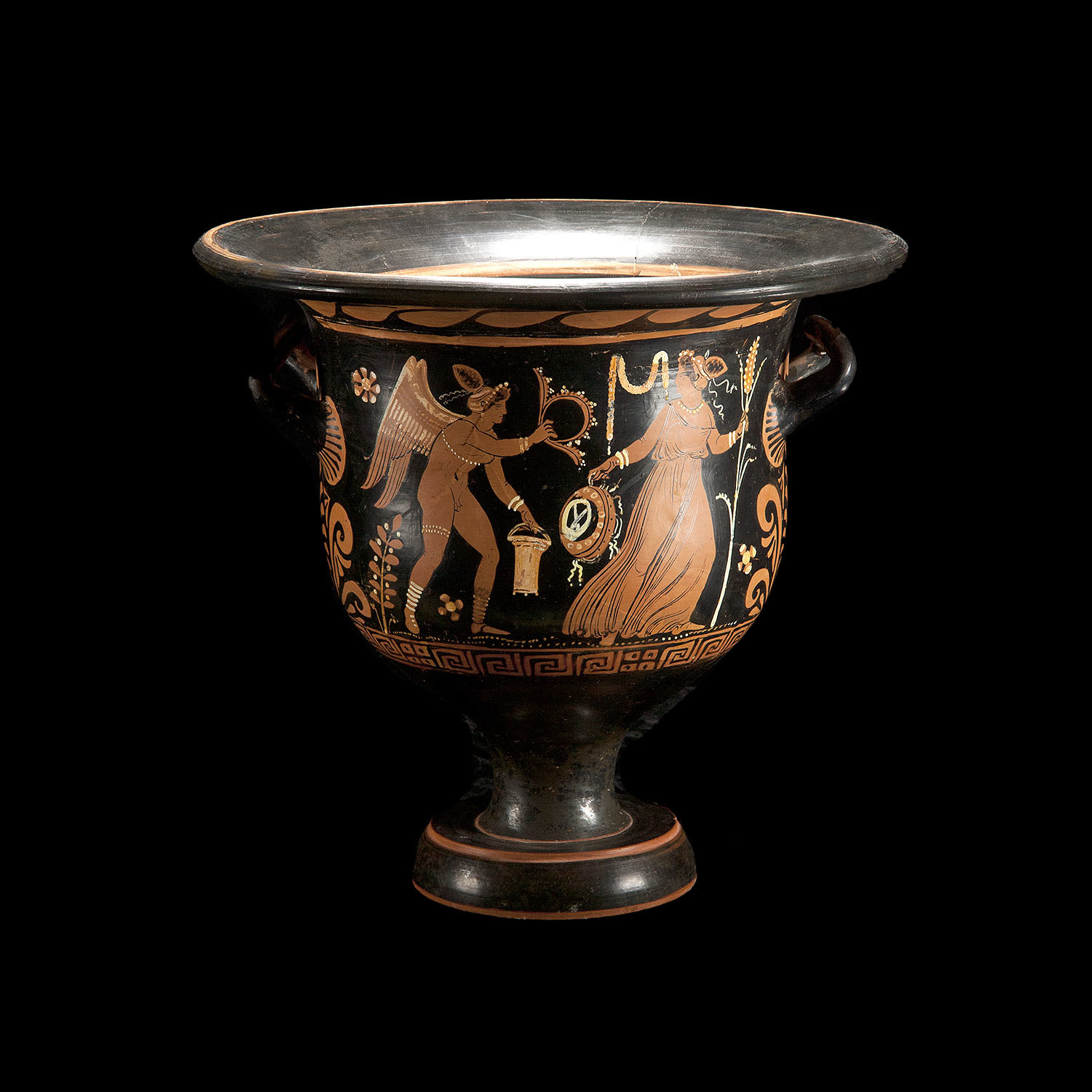The Trinitarian Concept: "Echad" Yet Distinct
The Christian doctrine of the Trinity asserts that God is one in essence (
ousia) and three in persons
(hypostases): the Father, the Son (Jesus Christ), and the Holy Spirit. This unity and distinction are rooted both in Scripture and in the linguistic concept of "echad" from the Hebrew Bible.
1. Unity in Essence: "Echad" (אֶחָד)
The Hebrew word "echad" means "one" but often signifies a composite unity rather than an absolute singularity.
Deuteronomy 6:4 (NASB):
"Hear, O Israel! The LORD is our God, the LORD is one (אֶחָד - echad)."
This verse, known as the Shema, affirms the oneness of God. The term "echad" here does not imply absolute singularity (as would "yachid" - יָחִיד), but a unified oneness, allowing for the concept of plurality within unity.
Genesis 2:24 (NASB):
"The two shall become one (אֶחָד - echad) flesh."
The marital union of two persons becoming one flesh reflects a unity of distinct individuals.
Thus, God's oneness as "echad" does not contradict the concept of three distinct persons sharing one divine essence.
2. Distinct Persons in Unity
While one in essence, the Father, Son, and Holy Spirit are distinct persons who relate to one another and fulfill different roles:
The Father: The source and initiator (e.g., John 3:16 - sending the Son).
The Son (Jesus Christ): The incarnate Word, Savior, and Mediator (John 1:14 - "The Word became flesh").
The Holy Spirit: The indwelling presence, sanctifier, and comforter (John 14:26 - "The Helper, the Holy Spirit").
Biblical Example of Distinction:
Matthew 3:16-17 (NASB):
"After being baptized, Jesus came up immediately from the water... and behold, the heavens were opened, and he saw the Spirit of God descending as a dove... and behold, a voice out of the heavens said, 'This is My beloved Son, in whom I am well-pleased.'"
Here we see the Son being baptized, the Spirit descending, and the Father speaking. This scene demonstrates distinct persons acting simultaneously.
3. New Testament Affirmation of Unity and Distinction
The Trinitarian formula appears throughout the New Testament, where the Father, Son, and Holy Spirit are mentioned together:
Matthew 28:19 (NASB):
"Go therefore and make disciples of all the nations, baptizing them in the name of the Father and the Son and the Holy Spirit."
The singular "name" (ὄνομα - onoma) indicates unity, while the listing of the three persons shows distinctiveness.
2 Corinthians 13:14 (NASB):
"The grace of the Lord Jesus Christ, and the love of God, and the fellowship of the Holy Spirit, be with you all."
Here, Paul blesses the believers with the grace, love, and fellowship from all three persons, affirming equal divinity and distinct roles.
4. One God, Three Persons: A Paradox of Unity and Diversity
The Trinity is often described as a mystery because it transcends human logic. The one divine essence (ousia) is eternally and equally shared among the three persons without division or hierarchy.
This paradox-one essence, three persons-is not a contradiction but a theological reality grounded in Scripture.
The Father, Son, and Holy Spirit are not three gods (tritheism) or one person appearing in three forms (modalism) but one God in three coequal, coeternal persons.
J.




